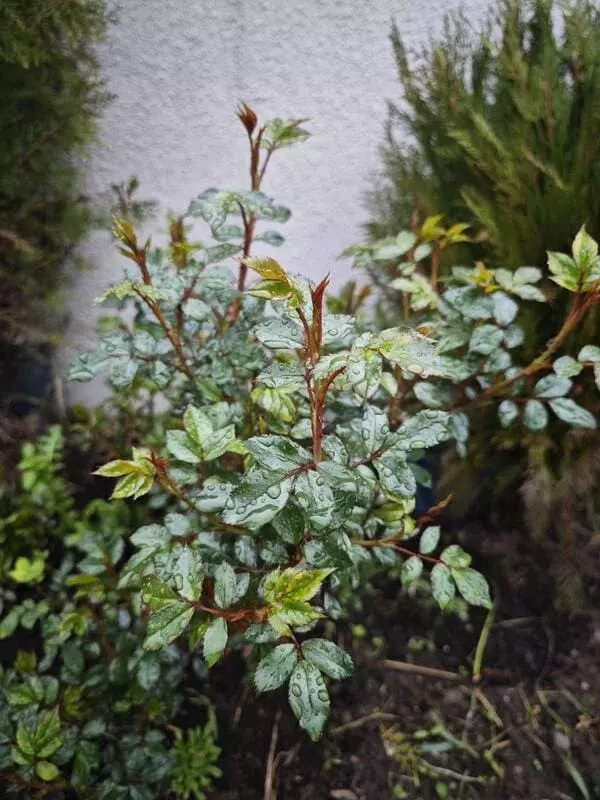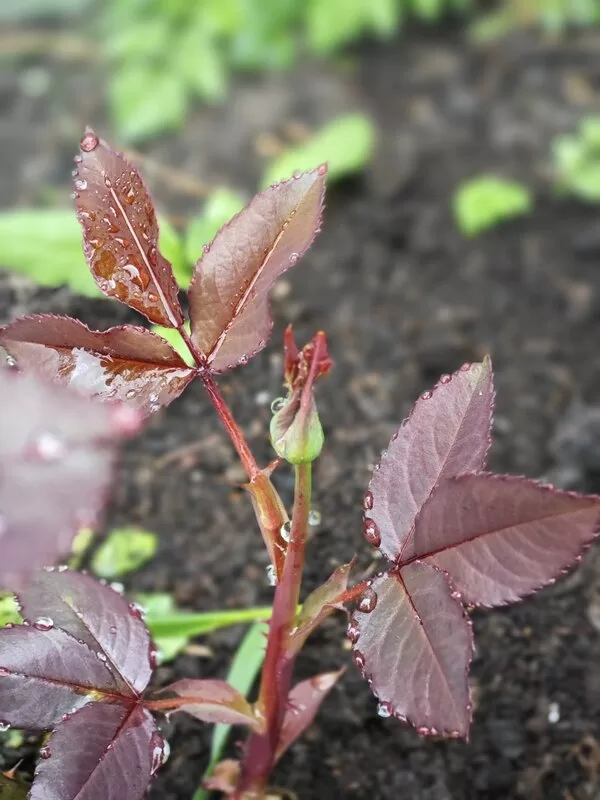Ah, spring! For rose enthusiasts, the season of renewal is a time to prime your favorite fragrant companions for spectacular flowering. These delicate blooms can flourish into a spectacle of color and fragrance with proper care and attention. Here are seven essential steps to ensure your rose bushes thrive this spring.
1. Pruning for Renewal
One of the most crucial tasks for rose care in spring is pruning. Start by eliminating dead, injured, or infected branches and trimming them to healthy wood. This practice stimulates fresh growth while also halting the dissemination of disease. Additionally, prune crossing branches to improve airflow and reduce the risk of pests and diseases.
Garden Tip: Protect your hands with quality pruning shears and gloves. When making cuts, angle them away from the bud to promote outward growth.

2. Soil Preparation
Healthy soil is the foundation of vibrant roses. Before the full-fledged growing season, enhance the soil by incorporating organic materials like compost or thoroughly decomposed manure. This enriches the soil, improves drainage, and provides essential nutrients for robust growth. Additionally, feed your rose bushes with a balanced fertilizer formulated specifically for roses to promote strong roots and abundant blooms.
Garden Tip: Conduct a soil test to determine pH levels and nutrient deficiencies. Fine-tune the soil pH as necessary to guarantee your rose bushes’ optimal absorption of nutrients.
3. Feeding rose bushes
Caring for roses can be very difficult. I believe that you can do it! The basis of rose care is control and prevention. While admiring your beauties, inspect them for diseases or the presence of insects that harm roses. If you make yourself a schedule and treat your roses preventatively against diseases and insects every two weeks, your roses will only delight you. Try to choose organic products like neem oil or insecticidal soap. It would help if you didn’t feed roses often either; balance is essential here.
This is a paradox, but excessive feeding of roses can weaken their immunity and lead to diseases.
Fertilizing with nitrogen is especially dangerous. If you add rotted manure to the soil and regularly mulch the soil with lawn clippings, the nitrogen in these natural fertilizers will be enough for your roses to thrive. I recommend adding only a mineral complex fertilizer containing magnesium, potassium, phosphorus, etc. Feed roses before and after the first flowering, preparing the roses for repeated flowering.
4. Watering Wisely
Sufficient watering is paramount in sustaining the vitality and robustness of rose bushes, especially as they embark on their early growth stages. Strive to maintain soil moisture levels consistently, ensuring it remains damp but not excessively wet. Deep, infrequent watering encourages profound root growth and helps plants withstand drought. Water in the morning to allow foliage to dry, reducing the risk of fungal diseases.
Garden Tip: Apply mulch around your rose bushes to preserve moisture, inhibit weed growth, and maintain soil temperature stability. Utilizing organic mulches like wood chips or straw further enhances soil fertility as they break down over time.
5. Pest and Disease Management
Vigilance is vital to preventing and managing pests and diseases that can plague rose bushes. Look for common pests such as aphids, thrips, and spider mites, and promptly address any infestations using organic insecticidal soaps or neem oils. Frequently examine the foliage for indications of diseases like powdery mildew, black spots, or rust, and swiftly eliminate any affected leaves to halt the spread of infection.
Garden Tip: Introduce beneficial insects such as ladybugs and lacewings to your garden to help naturally control pest populations. Planting companion plants like marigolds and lavender can deter pests and attract beneficial insects.
6. Supporting rose bushes
As rose bushes grow and bloom, providing proper support and training ensures they maintain an attractive form and structure. Install sturdy stakes or trellises to support tall or climbing varieties, securing stems with soft ties to prevent damage.
Regularly deadhead spent blooms to promote continuous flowering and maintain a tidy appearance.
7. Monitoring and Adjusting
Throughout the spring growing season, monitoring your rose bushes closely and adjusting as needed is essential. Monitor soil moisture levels, inspect foliage for signs of stress or disease, and monitor growth patterns to ensure plants thrive. Adjust watering, fertilizing, and pest management strategies to address any issues that arise promptly.
Garden Tip: Keep a gardening journal to track observations, tasks, and successes throughout the growing season. This practice empowers you to recognize patterns and make knowledgeable choices regarding the care of your rose bushes.

Get Your Free Lunar Gardener's Calendar 2025!
Join the Lunar Gardening Revolution! Subscribe now to receive our exclusive Free Lunar Gardener’s Calendar for 2025. Harness the power of the moon to optimize your planting, nurturing, and harvesting.
Enjoying!
As spring transitions into summer, take the time to pause and appreciate the beauty of your carefully tended rose bushes. Bask in the fragrance of delicate blooms, admire the lush foliage, and revel in the satisfaction of nurturing these timeless treasures. Share your love of roses with friends and family.
Happy gardening!




